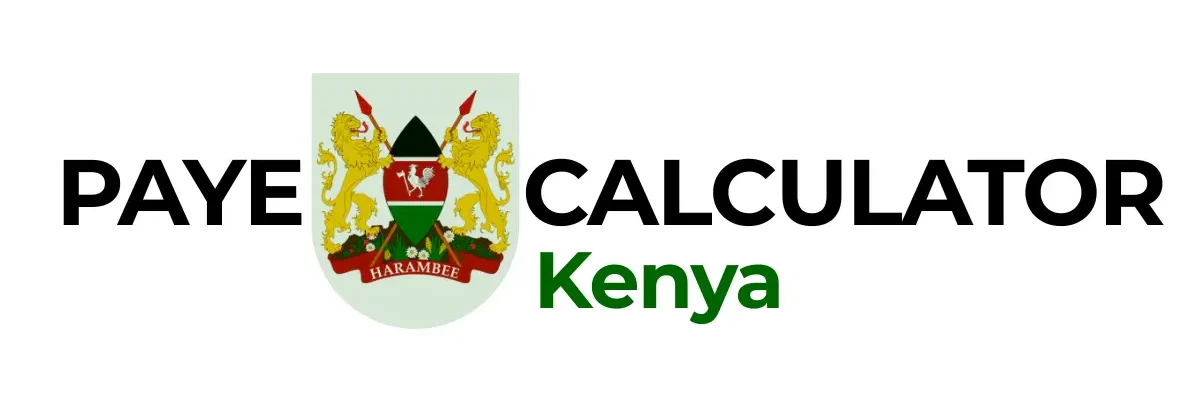Kenya’s Housing Levy is a significant step toward improving access to affordable housing for its citizens. This initiative aims to address the housing deficit by funding various housing projects, making home ownership more attainable. Many are curious about how this levy works and its potential impact on the housing market.

As the country grapples with a growing population and urbanization, the Housing Levy presents both opportunities and challenges. With a clearer understanding of its funding mechanisms and implementation strategies, Kenyans can better appreciate the possible transformations in their communities.
This initiative not only seeks to create more homes but also aims to uplift the living standards of many individuals and families. As discussions around housing continue, the Levy stands as a pivotal part of Kenya’s future housing landscape.
- The Housing Levy aims to fund affordable housing projects in Kenya.
- Implementing the levy could change the housing market landscape significantly.
- There are ongoing discussions about the effectiveness and future of the Housing Levy.
Background of the Housing Levy in Kenya
The Housing Levy in Kenya aims to address the housing deficit by establishing a structured approach to affordable housing. This section covers its origins and purpose, as well as the legislation that supports it.
Origins and Purpose
The Housing Levy in Kenya was introduced to tackle the severe shortage of affordable housing. It is part of a broader national strategy to ensure that all citizens have access to decent shelter.

The initiative arose from the recognition that many Kenyans struggle to afford housing due to high costs and limited supply. The government aimed for this levy to generate funding, which would support the development of affordable housing projects.
The levy targets both employers and employees, contributing to a fund dedicated to building and improving housing quality across the nation. This funding is essential for reducing the backlog of housing units needed for low and middle-income families.
Legislation and Regulatory Framework
The legislative framework for the Housing Levy is established through various laws and regulations. The National Housing Development Fund is a crucial legal component, providing guidelines on how the funds are to be utilized.
This framework outlines contributions from employers and employees, ensuring a steady revenue stream. The law specifies the rates for the levy and mandates regular audits to maintain transparency.
Additionally, the Housing Act supports the framework, focusing on the creation, financing, and management of affordable housing. It emphasizes partnerships between the government, private developers, and other stakeholders to enhance project outcomes. These legal structures are vital for the successful implementation and sustainability of the Housing Levy in Kenya.
Implementation of the Housing Levy
The implementation of the Housing Levy in Kenya involves various strategies for collection, enforcement, and its impact on both employers and employees. This structure is designed to ensure a smooth transition towards more affordable housing solutions.
Collection Mechanisms
The Housing Levy will use several collection methods to gather funds. This includes mandatory contributions from employers and employees in the formal sector. The social housing levy often requires a specified percentage of an employee’s salary.
In the informal sector, collection can be more challenging but may involve voluntary contributions. Contributions will be tracked by a central authority to ensure compliance. Employers must withhold the levy from salaries and submit it to government agencies, creating a reliable funding source for housing projects.
Enforcement and Compliance
Enforcement of the Housing Levy is crucial to its success. The government will set up regulatory bodies to monitor compliance among employers and employees.
To ensure adherence, there may be penalties for those who fail to comply, including fines or legal action. Regular audits will be conducted to evaluate employer contributions. This oversight aims to protect the integrity of the funding and encourage consistent participation.
Impact on Employers and Employees
The Housing Levy has significant effects on both employers and employees. Employers will need to adjust payroll systems to accommodate the deductions for the levy. This might lead to increased administrative costs.
For employees, the levy represents a direct deduction from salaries. While this may reduce take-home pay, it is seen as a long-term investment in affordable housing. The benefits include access to better living conditions and community development. Stakeholders, including the Federation of Kenyan Employers (FKE), support adjustments to promote understanding and compliance among all parties involved.
Critiques and Analysis
The Housing Levy in Kenya has sparked various views from stakeholders, economic analysts, and political observers. Each group offers insights into how this initiative impacts housing, finances, and broader society.
Stakeholder Opinions
Different stakeholders, including developers, government authorities, and homeowners, have expressed strong opinions on the Housing Levy.
Developers argue that the levy raises the cost of construction, which could slow down housing projects. Some believe this will reduce the availability of affordable housing options. They seek a balance where funds collected can support development without hindering progress.
Homeowners and potential buyers have mixed feelings. While some support the idea of long-term benefits from better housing, others worry about higher costs of living. Their main concern centers on how the levy will affect monthly expenses and housing affordability.
Economic Implications

The economic implications of the Housing Levy are significant. Critics highlight that the additional fees could influence overall housing prices. When costs rise, demand may decrease, leading to a slowdown in the housing market.
On the other hand, supporters argue that the levy provides essential funding for affordable housing. This could meet the growing demand in urban areas. If managed well, the funds could improve infrastructure and create jobs in construction.
Many economists point to the potential ripple effects. Increased housing quality could attract investments, stimulating economic growth. Yet, a careful balance is necessary to avoid unintended consequences, such as market stagnation.
Socio-political Considerations
The socio-political landscape around the Housing Levy plays a critical role in its acceptance. There is skepticism about how funds will be managed and whether they will genuinely benefit the intended communities.
Some political leaders see the levy as a potential tool for improvement. They advocate for transparency and accountability in managing funds. However, critics fear corruption may hinder progress, limiting the initiative’s success.
The public’s trust is crucial for the stake’s development. Without assurance of effective use, opposition may grow, slowing down the program’s implementation. Engaging communities and demonstrating tangible benefits could help in gaining wider support.
Future Directions and Recommendations
Addressing the future of the housing levy in Kenya requires targeted reforms and strategies. This section discusses specific reforms and enhancements that can improve the effectiveness of the affordable and social housing levies.
Possible Reforms
One key reform includes adjusting the tax rates for the affordable housing levy. Lowering rates for lower-income groups can encourage more participation. Adjustments should ensure that the burden does not fall excessively on the poorest households.
Another potential reform is to streamline the application process for housing projects. Simplifying the paperwork can make it easier for developers to access funds. This helps to speed up housing construction and brings more affordable units to the market.
Lastly, improving the transparency of how levy funds are used is vital. Establishing a public database can help hold stakeholders accountable. Clear tracking of funds ensures they are used effectively to support housing initiatives.
Strategies for Enhancement
To enhance the impact of the housing levy, collaboration between government and private sectors is essential. Partnerships can lead to innovative approaches in housing development. Public-private partnerships can attract more investment into affordable housing projects.
Community engagement is also crucial. Involving local communities in decision-making fosters trust and ensures that housing solutions meet their needs. Workshops and forums can help gather input on housing designs and locations.
Additionally, establishing training programs for contractors can improve building standards. These programs can focus on using sustainable materials and methods. High-quality construction leads to durable housing, benefiting residents in the long run.
